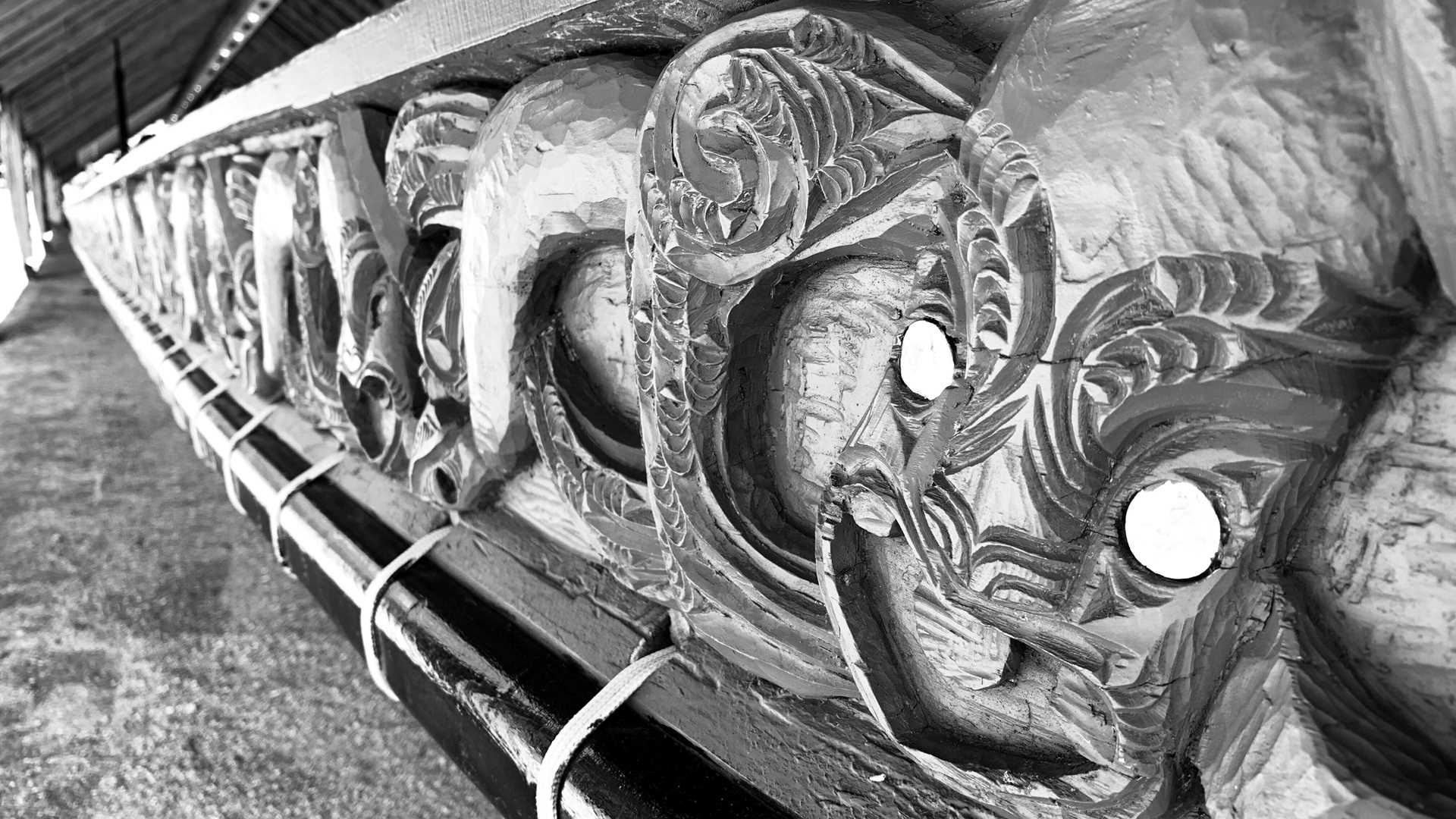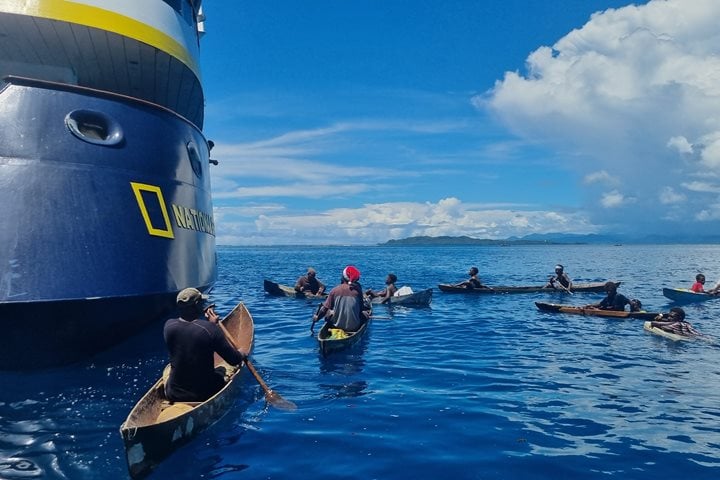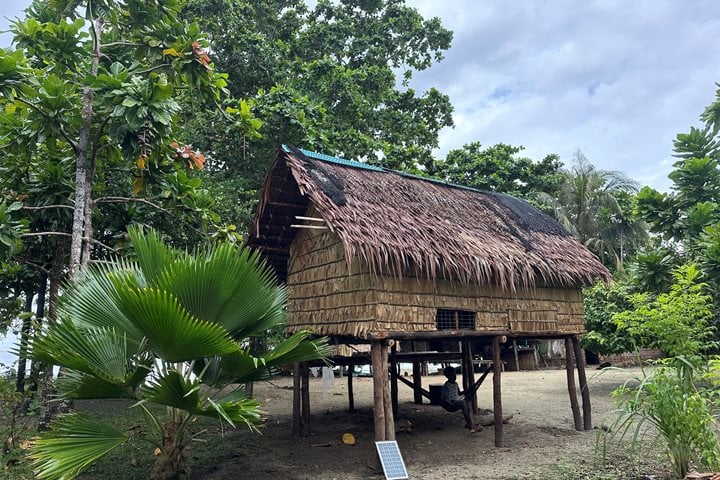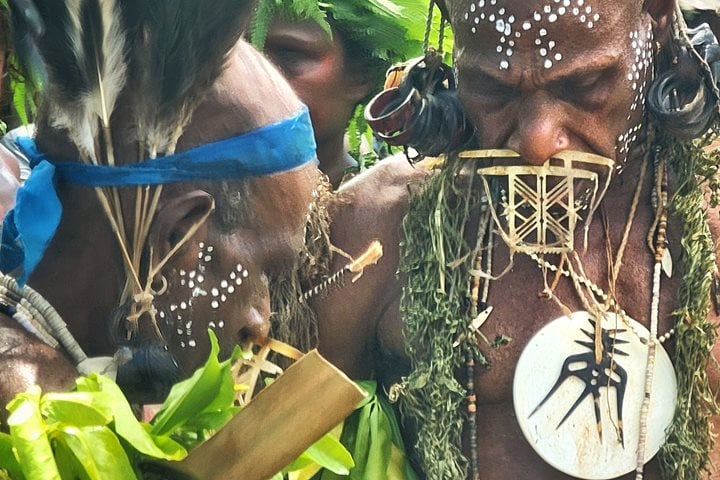Our first day was full of activity and will help us settle in for the sea day needed to reach Norfolk Island, our next stop.
Under the bright sun, we began at the Waitangi Treaty Grounds. This is a very important place both culturally and historically. On February 6th, 1840, a treaty was signed here between British and Māori leaders. This document is foundational to the Aotearoa/New Zealand of today and informs the relationship between Māori and British people.
We started by visiting Ngātokimatawhaorua, the largest Māori war canoe in existence. It was built from kauri trees and first launched in 1940 to commemorate the 100th anniversary of the treaty. It is a powerful symbol of Māori unity, and it reflects the history of Kupe. The first Polynesian to land in Aotearoa, Kupe arrived in a voyaging canoe called Matawhaorua.
From there, we walked the same trail the leaders walked on the day they signed the treaty in 1840. We saw the Treaty House, which was home to a British representative sent by the King of England in the 1800s.
A highlight of the day was the Māori cultural performance that took place inside the intricately carved and peaceful whare. We enjoyed a sampling of dance, song, and cultural interpretation, including demonstrations with Māori style spears.
We visited the town of Russell in the afternoon. Today, it is full of restored colonial style buildings, a couple ice creams shops, and some lovely hotels and restaurants. In the past, it was a haven for whalers, traders, and criminals.
Our start here on the north island of Aotearoa/New Zealand gave us a good foundation for the diversity of landscapes, cultures, and countries that we will experience in this part of the eastern Pacific.







